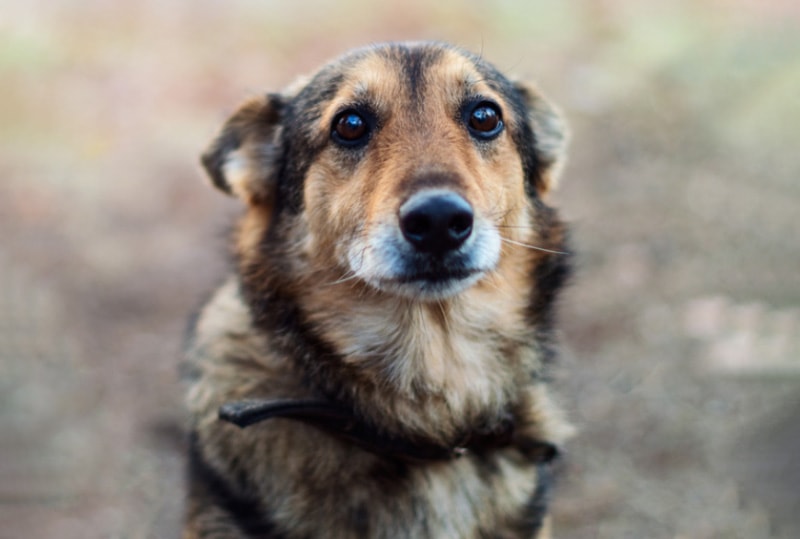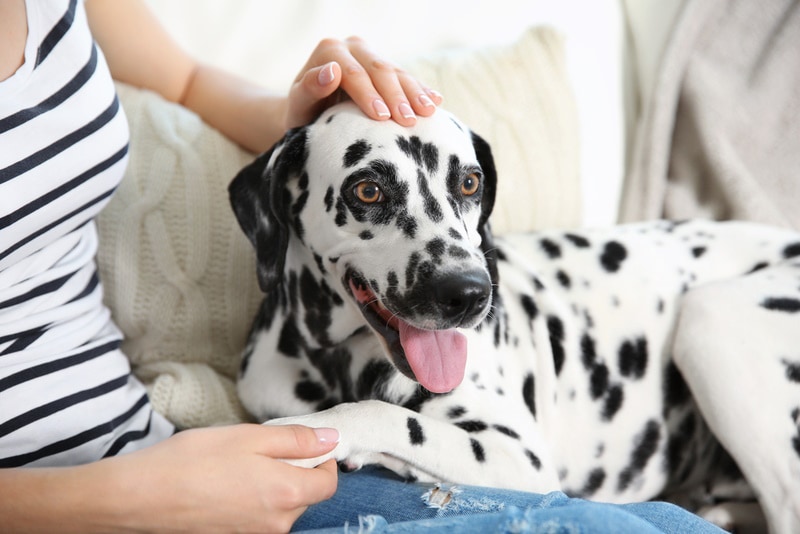Can Your Dog Feel Rejection? Signs, Tips & FAQ

Updated on

Most dog owners can attest to the wide range of emotions their furry companions appear to experience. From the unmistakable joy in their eyes during a game of fetch to the palpable fear during a thunderstorm, dogs seem to share many emotional responses with humans. But can dogs experience more complex feelings such as rejection? According to research, yes, dogs can feel rejection. This article aims to explore the emotional world of dogs, focusing on the concept of rejection, its impact, and how to handle and prevent it.
Understanding Canine Emotions: Much More Than Wagging Tails
Dogs, like humans, have a rich emotional life. Research suggests that dogs can experience primary emotions, such as joy, fear, anger, and even love. These emotions are often expressed through body language, vocalization, and behavior. For instance, a wagging tail typically indicates happiness, while growling might signify fear or aggression.
However, it’s not just these basic emotions that dogs can experience. More recent research hints at the possibility of dogs experiencing secondary emotions, which are more complex and involve some level of self-awareness. But what about feelings of rejection? Can dogs experience them too?

Can Dogs Feel Rejection?
The idea of dogs feeling rejected may seem far-fetched to some, but behavioral observations and scientific research suggest otherwise. Dogs form strong emotional bonds with their human companions, and any disruption in these bonds can lead to feelings of jealousy or hurt feelings, which may be akin to feelings of rejection.
For instance, when a new pet is introduced into the household, a dog might feel less attention is being paid to them. Similarly, if their human companions suddenly start spending less time with them, dogs might interpret this as rejection.
Signs that a dog might be feeling rejected include changes in behavior such as withdrawal or aggression, changes in eating habits, and altered interaction with humans and other pets.
The Impact of Rejection on Dogs
Feelings of rejection can have a significant impact on a dog’s mental and physical health. Dogs that feel rejected may become anxious or depressed, leading to behavioral problems such as destructive behavior or excessive barking.
Moreover, chronic stress resulting from feelings of rejection can weaken a dog’s immune system, making them more susceptible to diseases. Therefore, it’s crucial to address these feelings promptly to ensure the well-being of our canine companions.

How to Handle and Prevent Feelings of Rejection in Dogs
Handling a dog that might be feeling rejected involves reassurance, quality time, and maintaining a consistent routine. Spending more time with your dog, engaging them in activities they enjoy, and providing plenty of affection can help alleviate feelings of rejection.
Preventing feelings of rejection involves ensuring that your dog’s emotional needs are met. Good socialization, regular training, and a stable, loving environment can greatly contribute to this.
In cases where the feelings of rejection persist or lead to severe behavioral problems, seeking professional help from an animal behaviorist or a veterinarian can be beneficial.
Tips for Making Your Dog Feel Safe and Confident
- Make sure your dog knows when to expect meals and walks so they can anticipate a routine in their day-to-day life.
- Spend quality time with them, playing games or teaching them new tricks.
- Avoid using punishment as a form of discipline; positive reinforcement is more effective at getting the desired result.
- Socialize your dog regularly, allowing them to interact with other humans and animals in a supervised setting.
- Exercise your dog daily; this helps release their excess energy and can help increase feelings of well-being.
- Provide plenty of affection in the form of cuddles, belly rubs, and verbal praise.
- Give your dog plenty of opportunities to explore new environments and experiences.
- Create a safe spot in the home for your dog to retreat to if they ever feel overwhelmed.
- Invest in training classes that are tailored specifically for your dog’s needs.
- Monitor their diet, making sure they get a balanced amount of nutrients every day.

Signs It’s Time to Get Help from a Behaviorist
If your dog’s behavior has become unmanageable and their feelings of rejection appear to have a severe impact, it might be time to get help from an animal behaviorist. Here are some signs that professional help is needed:
- Aggression towards other animals or people
- Fearful reactions to everyday situations such as loud noises or visitors
- Excessive barking, whining, or clinginess
- Destructive behavior such as chewing or digging
- Changes in appetite or sleeping habits.
A behaviorist will be able to assess your dog’s behavior and provide you with tailored advice on how to address the root cause of their distress. The plan will likely take into account your pet’s particular needs and lifestyle, as well as environmental factors such as noise or lack of space. You may also find you need to make changes to your schedule or habits. Sometimes training dog behavior is also about retaining your behavior.
Conclusion
Understanding the emotional life of dogs can significantly enhance the human-dog bond. While dogs might indeed experience complex feelings such as rejection, as responsible pet owners, we can take steps to minimize these feelings and ensure our dogs feel loved and secure. In doing so, we not only contribute to their well-being but also deepen the connection we share with our loyal companions.
See also:
- How to Get Over a Fear of Dogs: 6 Expert Tips and Advice
- Can Dogs Get Jealous of Your Partner? 5 Vet-Reviewed Signs
Featured Image Credit by: gostua, Shutterstock











